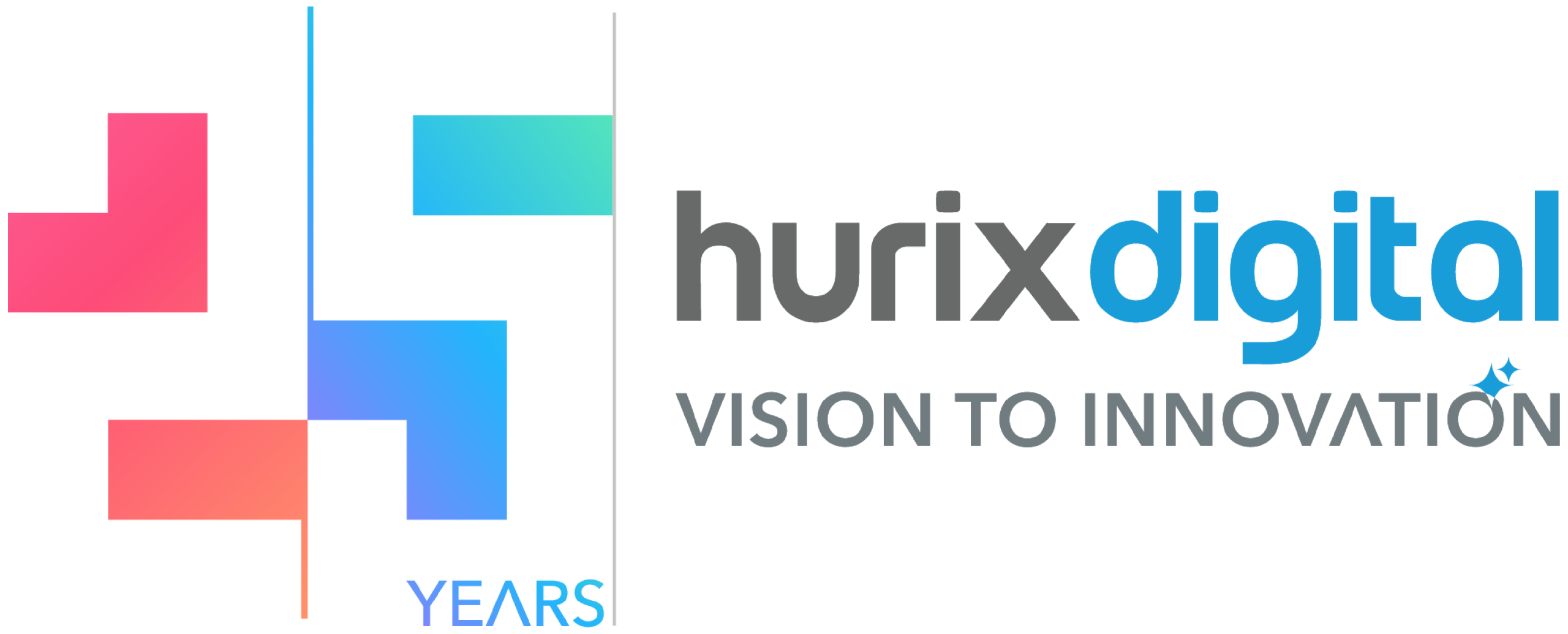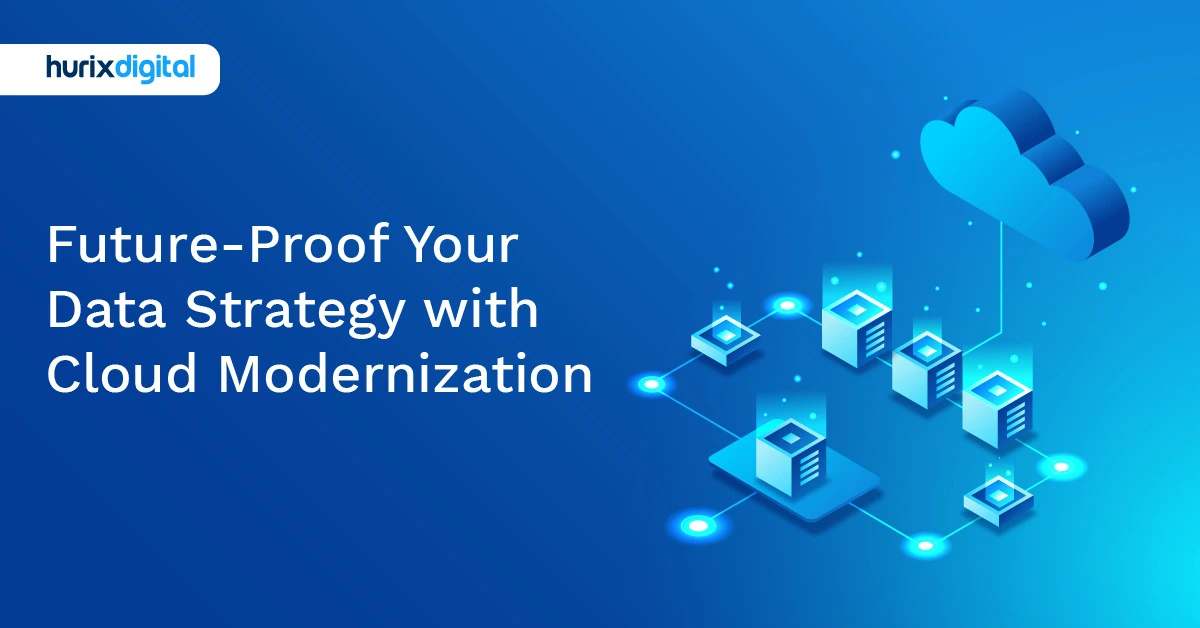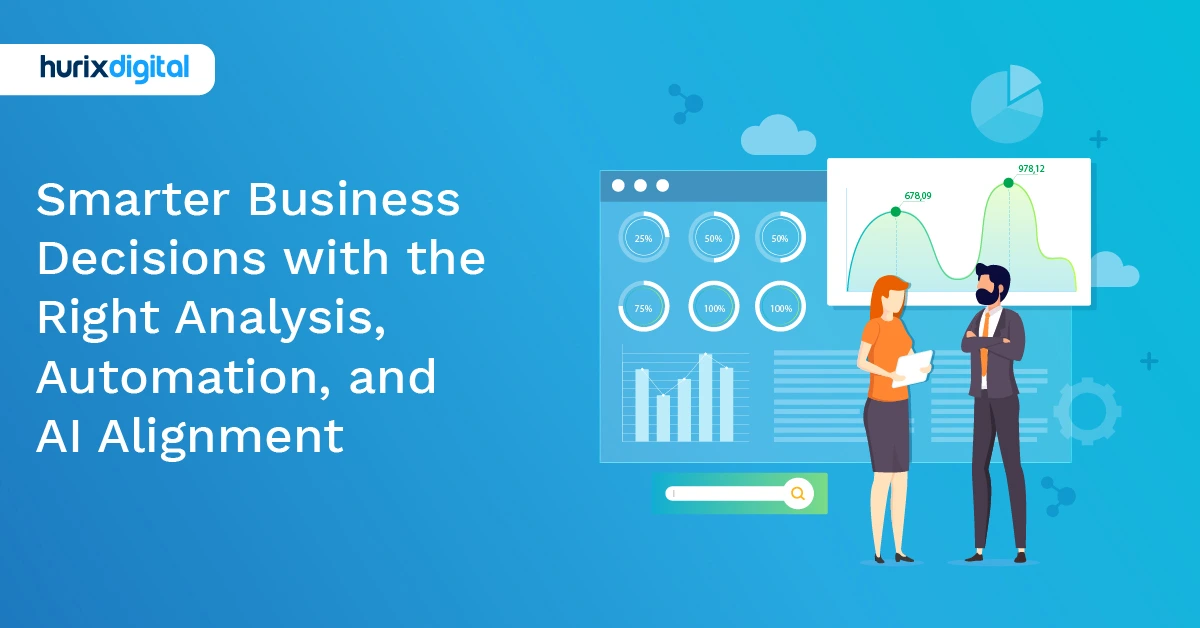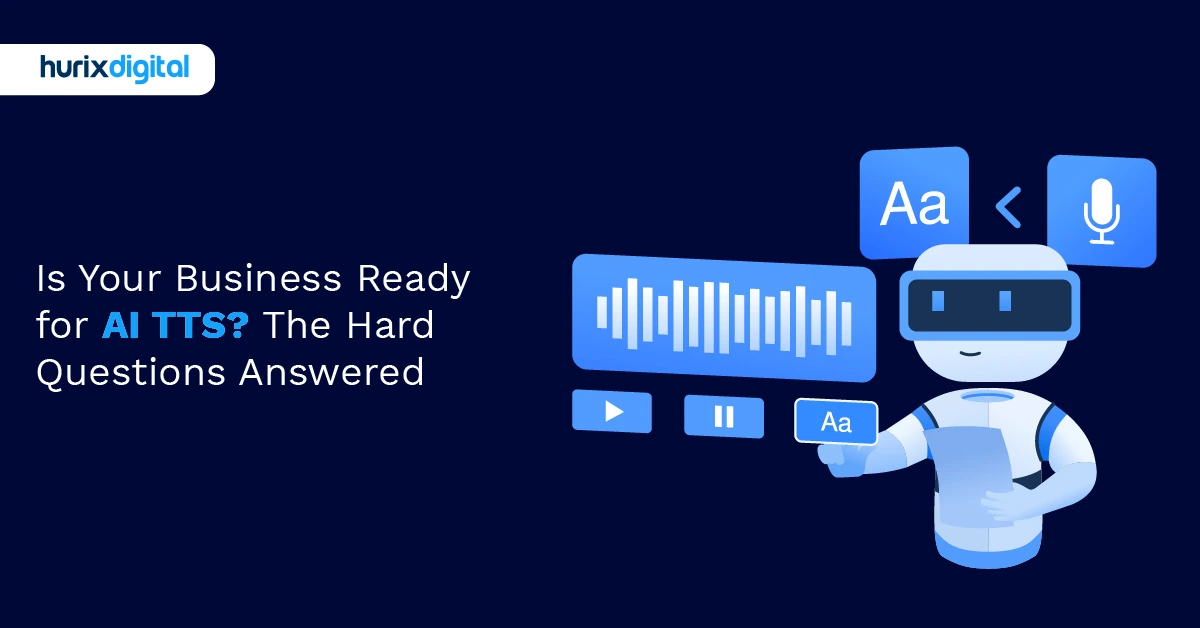
A Smarter Approach to Tackling AI Data Annotation Challenges
Summarize with:
Anyone who’s working with AI understands that an algorithm’s performance hinges on the quality of training data it is fed. This is the ever-present bipolar challenge. The apex of it all? Data annotation. It is that painstaking process of transforming raw information into a clean and edited form that can be machine learned. Automated decisions or actions based on machine learning rely heavily on such processes. As a stakeholder in this area, this is something you must pay attention to.
Data annotation has to deal with multifaceted challenges simultaneously. From the leadership perspective, scaling operations while maintaining a balance of accuracy and governance, defined by the fiscal bottom line, becomes of the utmost priority, especially when faced with a virtual mountain of data to label.
This complexity has driven a surge in demand for advanced annotation tools. In fact, the global data annotation tools market is projected to hit $5.33 billion by 2030, growing at a CAGR of 26.5%. It’s clear that AI teams are investing in smarter, scalable workflows to stay ahead.
In addition to these challenges, one must select relevant software and determine if the work should be completed internally, externally, or through a combination of the two. With this multidimensional framework, defining success becomes challenging. If your goal is scalability along with decreasing the cost for optimization, that further complicates the multilayered planning involved.
The bottom line is that getting data annotation right is all about smart strategy and solving real problems as they arise.
Table of Contents:
- How to Scale AI Data Annotation Efficiently?
- Ensuring AI Data Annotation Quality and Accuracy
- Optimizing AI Data Annotation Costs for ROI
- What are AI Data Annotation Privacy Risks?
- Choosing the Best AI Data Annotation Platforms
- In-house Versus Outsourced AI Data Annotation Strategy – What’s Best for You?
- Mitigating AI Data Annotation Bias and Ethics
- Measuring AI Data Annotation Project Success
- Handling Complex AI Data Annotation Edge Cases
- Conclusion
How to Scale AI Data Annotation Efficiently?
Scaling up AI data annotation isn’t as easy as hiring more people. Anyone who tells you there’s a quick fix presumably hasn’t spent hours sorting through confusing data. The main mistake? Assuming further evaluators will magically break quality issues.
You have to start with solid medication and clear, well-written guidelines. However, if your instructions are unclear, effects get messy, especially as your platoon grows. It’s essential to keep perfecting your reflection companion as you go, with help from the evaluators themselves. They’re the ones who notice what’s missing or confusing.
To solve for scale, organizations are turning to pre-annotation tools, automated pipelines, and active learning. According to Springer research, active learning can help models achieve 95%+ of full-data performance by labeling just 20–24% of the dataset.
Active literacy is also precious. Let your model highlight exemplifications it finds delicate or cases where evaluators differ. There’s no need to spend time on easy cases when the tough bones are where you ameliorate quality.
Finally, remember the human side. Fatigue, inconsistency, and communication can make or break your project. Train your annotators well, but listen to their feedback—they’ll spot problems you might miss. Treat your team as partners, not just workers, and you’ll get better results. Ultimately, finding the right balance between automation and human judgment is key. And honestly, managing the human element is often the most challenging part.
Also Read: Why AI Annotation Turns Out to Be a Game Changer for Data Labeling?
Ensuring AI Data Annotation Quality and Accuracy
At the core of that data are the reflections of real people making opinions about what gets labeled and how. There’s no magic then; it’s about people interpreting information and marking it so algorithms can understand.
Getting dependable data isn’t a one-time fix. It’s an ongoing process with several steps, like building a house: You check the foundation, test the accoutrements, and ensure that it’s solid as you go on.
Clear instructions for evaluators are key. However, if the guidance is too vague, like just saying “ label all objects, ” it’ll confuse. Details count. What exactly counts as an object? How precise do you need to be? Is it one label for lapping particulars or several? Well-developed, regularly streamlined guidelines, immaculately presented with visual cues, make a big difference.
Indeed, with strong instructions, mortal error is always a factor. People get tired or misinterpret effects occasionally. That’s why having multiple evaluators review the same data is essential. However, it signifies a review, which helps catch miscalculations or unclear rules before they become bigger problems.
Optimizing AI Data Annotation Costs for ROI
Here’s the TL:DR: data annotation freaks people out because of the cost. The price tag? Yeah, it looks huge. But if you only see annotation as an expense to pay, you’re missing the point. Annotation is the backbone of your AI project. Seriously, it’s what makes or breaks your results.
Think about it this way: you wouldn’t buy every ingredient in the store if you didn’t know what you were cooking, right? But many teams do that with data, collecting and labeling everything, hoping it works out. The better move is to figure out what problem your AI needs to solve. Is the AI supposed to pick up on tiny changes in customer mood, or spot rare defects on a production line? Every project requires different kinds of data and different levels of detail.
Don’t fall into the trap of thinking more data is always better. Too much data or repeating the same thing over and over makes everything slower and more expensive. The better approach? Start with a small batch of labeled data, train your model, see where it struggles, and then focus on those areas next. That’s where your money gets you better results.
The person labeling matters a lot. It’s not just about speed. Someone who knows what they’re looking at, like knowing the difference between small and big problems in a photo, or picking up on emotion in a conversation, will give you way better data. Paying a bit more for someone with real experience saves you time and money in the long run. It’s like buying a good tool that works right the first time.
The goal here isn’t perfection. You want enough good data to get strong results from your model. Anything more is just wasting effort and cash. Keep it focused and smart, and you’ll come out ahead.
What are AI Data Annotation Privacy Risks?
Talking about AI, people tend to be concerned with the technology. But the large volumes of data behind every impressive AI system need to be labeled and organized by real people. This is referred to as data annotation, and it poses certain troubling privacy questions.
Consider. To train AI to comprehend language, data annotators (either contractors, most commonly based around the globe) must go through transcripts of telephone conversations, customer service text chats, or even sections of personal emails. Not all these are anonymous. And what if the AI should capture hidden meanings, emotions, and so on? In such a case, the annotators must access real facts: names, home addresses, financial data, health concerns, or even personal confessions. That is not so reassuring.
There is the threat that too many individuals have access to sensitive information. Not all large technology companies with high security manage annotation. In some cases, small businesses or freelancers operate at home and may be using shared computers or insecure networks. This has even happened when a data leak or deliberate misuse of data has occurred.
Removal of personal information is not foolproof even when companies attempt to attempt such an action. In some cases, however, only a couple of distinctive facts of information, a medical condition, a city, or a date are needed to identify a person. Finding the optimal balance between making the data valuable to AI without needing to expose it is a tricky business. Frankly, we still have not worked it out yet.
Today, the system is based on the trust of numerous individuals and businesses. This is a complex process, and it should give us pause to consider where our information is.
Choosing the Best AI Data Annotation Platforms
Let’s be real—when people talk about the “best” AI data annotation platform, it’s usually just marketing fluff. The real question is: what will work for your team and what are your project’s weird, specific needs? If you’re dealing with tricky stuff like 3D point clouds for self-driving cars or detailed medical images, you need a tool to handle those challenges. The platform is great for simple image labeling, but it might fail if you throw something complicated, like video tracking or challenging text sentiment tasks.
Also, annotation isn’t something you do once and forget about. You’ll need to check your work, bring in reviewers, and sometimes tweak things as you go. Does your platform make it easy to catch mistakes or set up review loops? If not, you might spend way more time fixing errors than expected. And don’t forget the people doing the actual labeling. If the tool is frustrating or slow, your annotators will get tired and make more mistakes, even if the software is cheap.
So, ultimately, the “best” platform is one that fits your team’s workflow, supports your annotators, and helps you keep your data accurate. It’s not just about picking a shiny new product—it’s about finding something that works for your needs.
In-house Versus Outsourced AI Data Annotation Strategy – What’s Best for You?
The debate about whether to keep AI data annotation in-house or outsource it comes down to key factors: trust, control, speed, and cost. If you handle everything internally, you keep sensitive data, like private designs or user information, within your team. This means your staff, who know your business well, can manage the details and context better. They’re invested in the project’s success, so they care about quality. But building an internal team is slow, often expensive, and, honestly, finding people willing to do repetitive annotation work can be tough. Boredom can lead to mistakes, which hurts data quality.
On the other hand, outsourcing offers speed and efficiency, great for straightforward tasks where instructions are clear. You can process a lot of data quickly this way. But it’s not entirely hands-off. You need to provide clear guidelines and check the results regularly. Sometimes, misunderstandings happen, and batches of work can be wrong, wasting time and resources. Also, security becomes a bigger concern when data leaves your organization. You need strong contracts and regular checks to protect your information.
So, what’s the best choice? There isn’t a one-size-fits-all answer. For complex or sensitive tasks that need constant feedback, in-house teams are usually safer. For high-volume, repetitive work, outsourcing can really help. Most companies use a mix of both, adapting as needed to handle the practical challenges of real-world AI projects.
Mitigating AI Data Annotation Bias and Ethics
Speaking of making AI data annotation less biased, one may tend to concentrate on algorithms or sophisticated models. However, to be honest, the greatest influences (as well as most effective solutions) originate with individuals. Human annotators are complex beings with personal life experiences, and without care, human biases can potentially get carried over into the data. Artificial intelligence is not learning to some optimum thing; it learns based on what people tag it as. Most annotators may share a background, and their perception of what is considered to be normal, undoubtedly influences the thinking of the AI. As an example, a face expression may seem to be outward to one individual and sad to another. These disparities, however, are not small and become part of the AI itself.
This is why diversity is not enough for a team of annotators; it turns out to be a technical requirement. Diversity in terms of the cultures and experiences of the people you bring together will help identify the mistakes or blind spots that any individual group would otherwise miss.
Future-proofing AI is commonly mentioned in terms of model complexity or ethical regulations, yet the real source of innovation is the data itself and the way it is annotated. It is not a one-time job; rather, this is an ongoing dynamic process that entails a strong and flexible methodology.
1. Embracing Flexibility in Annotation Processes
A common pitfall is the initial setup of a dataset with what seem like perfect labels, only for them to become outdated as a project evolves. New product types or unforeseen user behaviors can render a meticulously annotated dataset inaccurate, slowing down innovation rather than accelerating it. To avoid this, we must build annotation processes with flexibility at their core. This means creating a system where you can easily update and add new labels, or even change category definitions without disrupting the entire dataset. A flexible annotation process allows the model to grow alongside the business, welcoming change instead of resisting it.
2. The Importance of Tools and a Human-Centered Approach
While tools are essential, no single proprietary solution can solve this challenge. It is crucial to have tools that are interoperable and easy to update, as getting locked into a rigid system can make future changes a nightmare.
Moreover, the people doing the annotation are a vital part of the process. Their feedback is invaluable for catching where the ideal system doesn’t align with the complexities of the real world. Acknowledging their role and keeping them in the loop is key to an agile and accurate annotation process. In fact, a study by Appen found that high-quality, human-annotated data can reduce AI model development time by up to 30%. This highlights the immense value of a human-in-the-loop approach.
3. Acknowledging the Unknowable
Finally, we must approach data annotation with humility. We don’t have all the answers for what tomorrow’s AI will need. The goal isn’t to build a perfect, rigid system, but to cultivate a process that can adapt and thrive over time. Just as a strong, flexible vine can grow and climb, a well-structured and adaptable annotation system can support innovation far into the future.
Measuring AI Data Annotation Project Success
It is not usually that simple to measure the success of an AI data annotation project. It is not merely that an agreement between annotators reaches a 95 percent result, though of course that is an excellent starting point. Inter-annotator agreement (IAA) reports the consistency of different annotators in labeling the same data, and, in ideal cases, they all perceive the same. However, this is where it gets difficult: what happens when everybody makes the same mistake all the time? Perhaps the instructions were not ambiguous, and those of you with trickier edge cases had fallen through. That can even give you perfect agreement, but on a wrong interpretation, which is a frequent trap.
Therefore, the actual success is more than convincing people to concur. A larger question is of the downstream effect. After you train your model on this annotation data, does it fare any better in reality? As an example, is it possible to recognize objects in varying light or from odd positions with image recognition? To respond to these questions, you should conduct A/B tests and implement the model, and explore how it copes with brand-new and novel data. It is ongoing- a feedback loop to keep you learning and modifying.
And there is the issue of the rejects, those data points that annotators found especially unclear or obtuse. What were the team’s strategies in approaching those difficult examples? Was it well-established to help clarify guidelines and navigate the difficult-to-categorize cases? It is usually in struggling over these gray areas that we really learn. It is not enough that a project has found a solution in the easy cases; it must also cast light on the hard cases.
Handling Complex AI Data Annotation Edge Cases
The edge cases associated with complex AI data annotation are something that can definitely make you bow your head. They have the tendency to appear out of the blue, creating an aberration that does not appear to match the puzzle. It is these problematic situations- the ones that do not occur regularly, but are truly significant- where you can ascertain what data prep is truly about. A neural net can shoot through exposure to a clear sky and a clear road. Add a lot of thick fog, though, and now you have a practically invisible pedestrian in camouflage. Now what? Is it an individual? All that was needed was a shadow. Or perhaps it is not anything very serious? This can not be fixed by simply bringing in more people. Rather, it is considered deliberatively, nearly philosophically.
The response to one of these edge cases appearing, upon running a quality check, or when the model makes an eccentric error, is familiar. First, there is always a sigh ,and then the group rushes up together to look more closely. A lead annotator or a subject expert will present the difficult image or datum pointer to the group.
These discussions are very important. The objective is not to search for the so-called perfect solution that would be accepted by all the people everywhere, but to develop a regular mechanism for similar cases in the future. It is a question of developing common regulations and knowledge, which can be modified by the team studying more.
This back-and-forth interrogation, discussion of it, and refinement of the rules improve the whole process of annotation. It can be a big mess sometimes, and you occasionally have to make corrections to the previous labels, but this is the way to construct something really sound. The requirements do not remain unchanged. They continue to evolve and be refined by the opinions of real people-and to be quite frank, a good deal of mutual exasperation.
Check Out EXCLUSIVE: Hurix Digital Delivers 2.5 Million AI-Ready Warehouse Image Annotations to Accelerate Logistics Automation for Global 3PL Leader
Conclusion
AI doesn’t get smarter on its own. It learns from data, and that data needs to be annotated correctly. As the combined annotation tools and services market moves beyond $19.9 billion by 2030, scalable annotation is no longer a backend task. It’s a business advantage.
Smart teams are already leveraging active learning, hybrid labeling workflows, and secure annotation frameworks to cut costs, stay compliant, and hit accuracy targets faster.
At Hurix Digital, we help you stay ahead of the curve. Whether you’re building the next-gen LLM or training computer vision models, our data annotation solutions are built to scale, adapt, and deliver.
Let’s make your AI future-ready…one label at a time.
Summarize with:

Vice President – Content Transformation at HurixDigital, based in Chennai. With nearly 20 years in digital content, he leads large-scale transformation and accessibility initiatives. A frequent presenter (e.g., London Book Fair 2025), Gokulnath drives AI-powered publishing solutions and inclusive content strategies for global clients
 Upcoming Masterclass | Build an Army of Brand Evangelists using Training & Development | November 20th, 8:30 AM PDT | 11:30 AM EDT | 10:00 PM IST
Upcoming Masterclass | Build an Army of Brand Evangelists using Training & Development | November 20th, 8:30 AM PDT | 11:30 AM EDT | 10:00 PM IST




